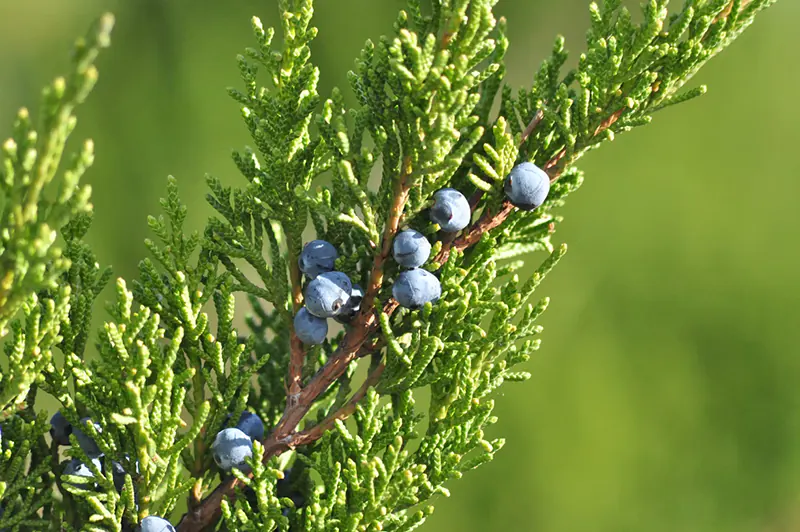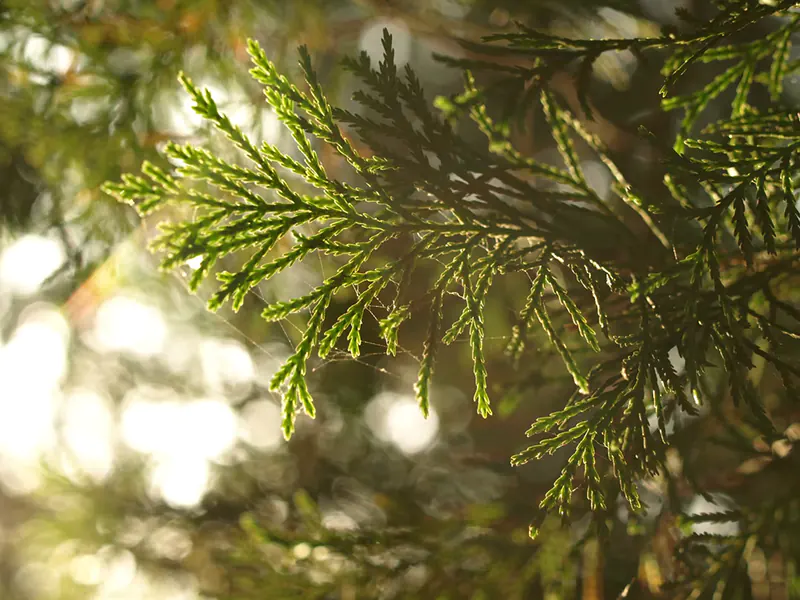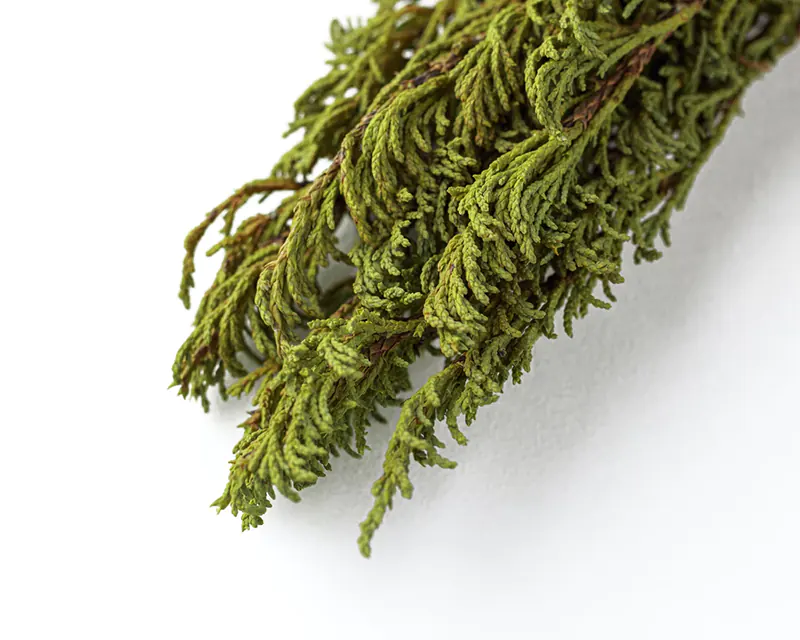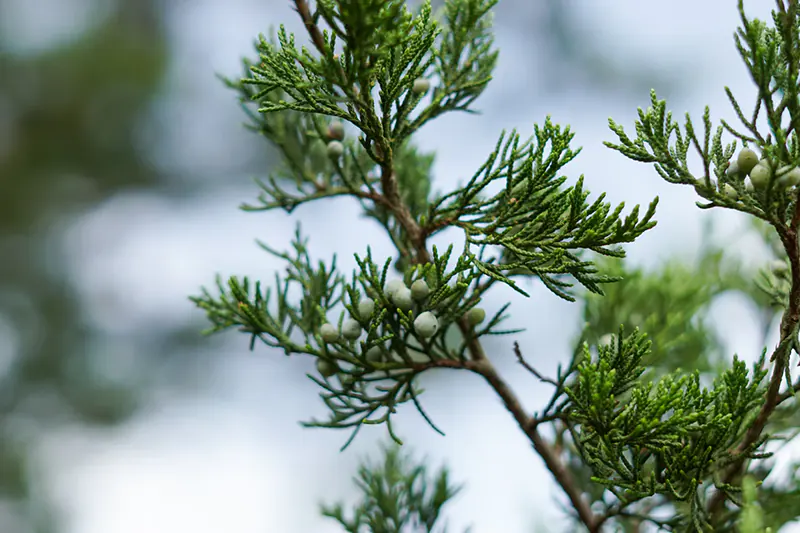Dwarf Juniper Bonsai Care
The Dwarf Juniper is a gorgeous outdoor bonsai that anyone can grow at home. The tree has a few basic needs that you’ll need to care for. This is a great bonsai to start growing as it’s hardy, pest-resistant, and forgiving to the forgetful grower. Additionally, as a dwarf bonsai, this tree will grow smaller than others in its species, a great stylistic choice if you want to grow a smaller juniper.
Through this article, we’ll explain all the needs of the tree from watering and soil to fertilizer choice. However, if you’re looking for an indoor bonsai a different species such as the Japanese maple will suit your needs. Growing a Dwarf Juniper indoors can harm it, eventually killing the tree.
Here’s what you’ll find in our Dwarf Juniper bonsai species guide:
Here’s what you’ll find in our Dwarf Juniper bonsai species guide:
01
02
03
04
Quick Dwarf Juniper Bonsai Care Sheet
The table below is a helpful quick reference sheet. While it doesn’t provide detailed information, if you already know the tree, it provides a useful shortcut to reading the whole article.
Recommended soil | Well-draining bonsai soil. |
Watering | As needed every few days. Forgiving if accidentally forgotten on occasion. |
Potting season | Every second year. Less as the tree ages. |
Shaping and pruning season | Shape when young. Prune as needed to keep the foliage thin. |
Light | Full outdoor sunlight. |
Fertilizing | Solid organic pellets. High nitrogen content helps leaf growth. |
Propagation methods | Seeds or cuttings. |
Pests and diseases | Aphids, spider mites, scale, needle miners, rust. |

How Do You Care For Your Dwarf Juniper Bonsai?
Caring for the Dwarf Juniper is a straightforward task. The tree is hardy and forgiving to newcomers. However, too much overwatering or harsh pruning will begin to affect the Dwarf Juniper’s health.
Best Soil
The best soil choice for your Dwarf Juniper is any well-draining bonsai mixture. The better the drainage, the better the soil choice. This bonsai’s roots suffer heavily if kept moist for too long. As such, any soil choice from well-draining to extremely well-draining is the best pick. A mixture that’s rich in nutrients will help your tree grow as well.
Watering
Water the Dwarf Juniper as needed, being careful to avoid overwatering. The soil type you use will play a significant role in how much water is retained. Always touch the dirt in your pot to feel for any hint of moisture. If the soil feels wet, don’t water your tree yet. Every few days is the ideal watering pattern in most climates.
The Dwarf Juniper is forgiving of a lack of water. Being hardy, the tree can go a few days without water. If you’re uncertain about the soil’s dryness, it’s best to wait a few hours or until the next day. Additionally, misting the tree regularly is healthy for its foliage and deterring pests.
Repotting
Repot the dwarf maple bonsai tree every two years. Use clean tools and separate the roots before lightly pruning and tying them up. Wash the pot between repotting as well to help keep any potential infections or diseases away.
Shaping And Pruning
Shape the tree with wiring while it’s young. This method will become harder as the tree ages. The Dwarf Juniper is often styled in dramatic twisting shapes, a reflection of the juniper’s original home on mountains. It isn’t uncommon to see the tree bent aggressively to create a unique style.
Keeping the Dwarf Juniper’s foliage layer thin will help stave off pests and keep the tree healthy. However, ensure you don’t prune too far back as this may kill the branch. To keep your bonsai’s branches alive, don’t prune until the area is bare and cannot bud again.
Location And Sunlight
Grow your Dwarf Juniper in the open outdoors. Pick an area that receives full sunlight throughout the day during any season. The tree cannot grow inside and requires several hours of sunlight each day. Once temperatures drop to less than 15 °F in winter, shelter the tree from the cold. During this period your bonsai may change its foliage coloring slightly.
Fertilizing
Nurture your Dwarf Juniper bonsai with organic pellet fertilizer. Using the pellets once a month will slowly feed your tree more nutrients, helping it grow faster and stronger. In the spring, use an option that has higher nitrogen content to help the Dwarf Juniper’s foliage grow.
Propagation Methods
Growing a Dwarf Juniper can be done through either seeds or cuttings. These can be done throughout the year, but are best performed during the tree’s growing season in spring.
Pests And Diseases
The Dwarf Juniper is naturally resistant to many pests, and frequently misting the tree with water boosts this defense. However, it’s not uncommon to see aphids, spider mites, scale, or needle miners infesting the bonsai. Keep your tree’s foliage thin and use regular insecticide when an infestation occurs.
The most common disease that the dwarf maple can accrue is rust. Watch for any fungal spots on your tree’s leaves. There is no way to cure rust once it sets in and it can kill your bonsai if left untreated for too long. Removing any afflicted part is the best chance to regain a healthy dwarf maple.
Common Issues When Caring For A Dwarf Juniper Bonsai
The Dwarf Juniper is slightly different from other trees in its species and can cause issues if you forget about that difference.
The Difference In A Dwarf Maple
Being a dwarf bonsai, the Dwarf Juniper will grow differently from other trees in its species. The Dwarf Juniper is more susceptible to overwatering due to its size. Additionally, using too much fertilizer can cause the tree to become slightly unhealthy and waste nutrients. This issue occurs especially when too much nitrogen fertilizer is used, rapidly growing the bonsai’s leaves and causing them to thicken the foliage. Thickened foliage is susceptible to infestation from aphids and other pests.
FAQs About Dwarf Juniper Bonsai
Here are several frequently asked questions about the Dwarf Juniper and the juniper species. We explain how best to care for the tree if it can be grown indoors if the species even works well as a bonsai and the tree’s watering frequency.
Regularly water your Dwarf Juniper every few days, watering until the soil is moist but not forming a puddle. Grow the tree outdoors, picking a location that receives a full day of sunlight. Use fertilizer with high nitrogen during the spring to keep your bonsai’s leaves cared for and growing.
You’re extremely unlikely to make a juniper bonsai survive indoors. The tree requires full sun in a changing environment such as the outdoors. Growing this tree inside will harm it and potentially kill it if kept inside for too long.
Juniper bonsai make excellent outdoor bonsai as they are hardy and have very few needs. This species only needs water every few days and shelter from the cold when temperatures reach below 15 °F. These aspects make it a great bonsai for experts and newcomers.
Water the Dwarf Juniper bonsai tree every two to three days in a hot climate. In cooler seasons you may find the tree only needs water once a week. Give the tree enough water to seep down and reach its roots, but not that the water puddles in the pot.







